CARING WITH FAMILY
|
| The level of warmth and affection a particular breed is anticipated to display towards family members, as well as individuals they are familiar with. Certain breeds may appear distant and indifferent towards everyone except their owner, whereas other breeds extend their friendly nature to anyone they have formed a bond with. |
LOVE WITH CHILDREN
Unwise
Good With Children
|
| A breed's degree of tolerance and patience towards the behavior of children, as well as its overall friendly nature towards families, are important considerations. It is crucial to supervise dogs when they are around young children or any children who have limited experience with dogs. |
BEHAVIOR WITH DOGS
Unwise
Good With Other Dogs
|
| Evaluating the overall friendliness of a dog breed towards other dogs is crucial. To promote positive interactions, it is essential to supervise and introduce dogs properly, as some breeds possess innate characteristics that facilitate better compatibility with other canines both in home environments and in social settings. |
SHEDDING LEVELS & MANAGEMENT
No Shedding
Hair Everywhere
|
| The amount of fur and hair a particular breed is prone to shedding should be taken into account. Breeds that shed excessively will require frequent brushing to manage the loose hair. They may also be more likely to trigger allergies in some individuals, and as a result, more consistent vacuuming and lint-rolling may be necessary to keep the environment clean. |
COAT GROOMING STANDARDS
|
| The grooming effort required greatly depends on how frequently a breed needs bathing, brushing, trimming, or engaging in other sorts of coat maintenance. It's necessary to evaluate the time, patience, and budget you have available for this level of care. Additionally, remember that regular nail trimming is essential for all breeds. |
DROOLING INTENSITY
Less Likely to Drool
Always Have a Towel
|
| Consider the level of propensity a particular breed has for drooling. If you have a strong preference for cleanliness, breeds of dogs that have the tendency to leave long streaks of saliva on your arm or create noticeable wet patches on your attire may not align with your preferences. |
COAT STYLES GUIDE |
| Smooth, Double |
| COAT SPECTRUM |
| Short |
FRIENDLINESS
Reserved
Everyone Is My Best Friend
|
| The degree of friendliness a breed exhibits towards unfamiliar individuals can vary significantly. Certain breeds tend to be more reserved or cautious around strangers, irrespective of the setting, whereas other breeds eagerly embrace the opportunity to meet new people whenever they are present. |
LIVELINESS
Only When You Want To Play
Non-Stop
|
| The degree of enthusiasm a breed exhibits towards play can persist even beyond their puppyhood. Certain breeds tend to maintain a strong desire to engage in active play, such as tug-of-war or fetch, well into their adult years. Conversely, other breeds may be content with spending most of their time relaxing on the couch and enjoying calm activities with their owners. |
VIGILANCE INTENSITY
What's Mine Is Yours
Vigilant
|
| Certain breeds have a higher inclination to notify their owners of the presence of unfamiliar individuals. These breeds are more likely to exhibit a reaction to potential threats, whether it be the mailman or a squirrel outside the window. However, once these breeds become familiar with someone who enters the house and is accepted by their family, they are likely to become more receptive to those individuals. |
ADAPTATION CAPACITY
Lives For Routine
Highly Adaptable
|
| The adaptability of a breed to handle changes can encompass various aspects of day-to-day life, including alterations in living conditions, noise levels, weather conditions, and daily schedules. Some breeds demonstrate a higher level of ease in adapting to these changes displaying a resilient and flexible nature. They are generally more capable of adjusting to different environments and managing variations in their routines. However, other breeds might exhibit more sensitivity and may require a more gradual introduction to change in order to adapt comfortably. |
OBEDIENCE LEVEL
Self-Willed
Eager to Please
|
| The ease of training a dog and their willingness to learn new things can vary among different breeds. Some breeds display a natural inclination and eagerness to please their owners, making them relatively easy to train. They actively seek to make their owners proud and are generally receptive to learning new commands and behaviors. On the other hand, certain breeds may exhibit more independence and a preference for doing things on their own terms. They may require additional patience and creative training methods to motivate them to learn and comply with commands. Understanding a breed's specific traits and tendencies can greatly assist in tailoring the training approach to their individual needs. |
STAMINA LEVEL
|
| Various breeds have different demands for exercise and mental stimulation. High-energy breeds display a remarkable readiness and an insatiable enthusiasm for their next adventure. They dedicate their time to running, jumping, and playing throughout the day. Conversely, low-energy breeds resemble couch potatoes, content to lounge around and enjoy restful nap times. |
VOCALIZATION
|
| Infrequent |
LEARNING CURIOSITY LEVEL
Happy to Lounge
Needs a Job or Activity
|
| The mental stimulation required for a breed to maintain its happiness and overall well-being should not be underestimated. Purpose-bred dogs, in particular, may have specific jobs that demand decision-making, problem-solving, concentration, and other cognitive skills. Without adequate mental exercise, these dogs are likely to seek out their own activities to keep their minds occupied. Unfortunately, these self-created projects may not align with the preferences of their owners or be conducive to a harmonious living environment. Therefore, it is crucial to provide sufficient mental stimulation to prevent undesirable behaviors and promote a healthy, balanced lifestyle for purpose-bred dogs. |
| COLORS |
|
Description
|
Registration Code
|
|
Blue
|
037
|
|
Blue Mottled
|
438
|
|
Blue Speckled
|
439
|
|
Red Speckled
|
440
|
|
Red Mottled
|
455
|
|
| PATTERNS |
|
Description
|
Registration Code
|
|
Tan Markings
|
012
|
|
Red Markings
|
023
|
|
Black & Tan Markings
|
039
|
|
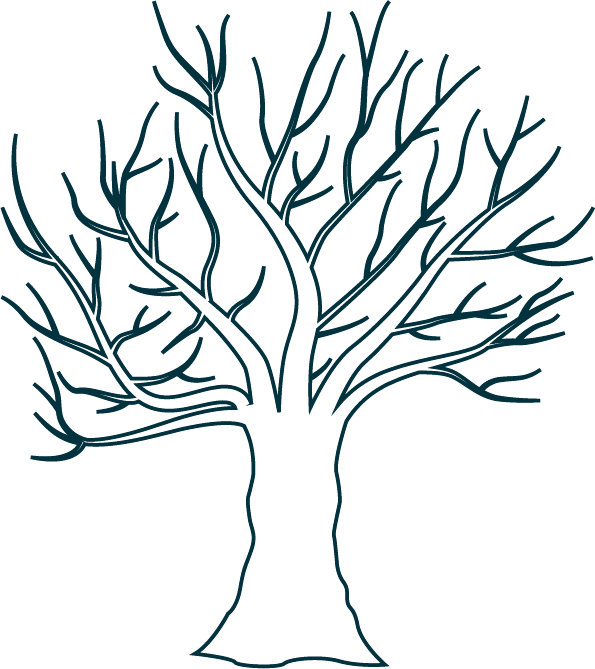




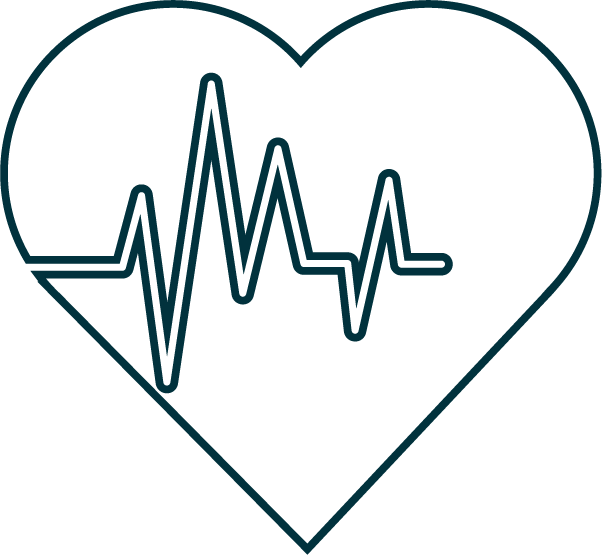
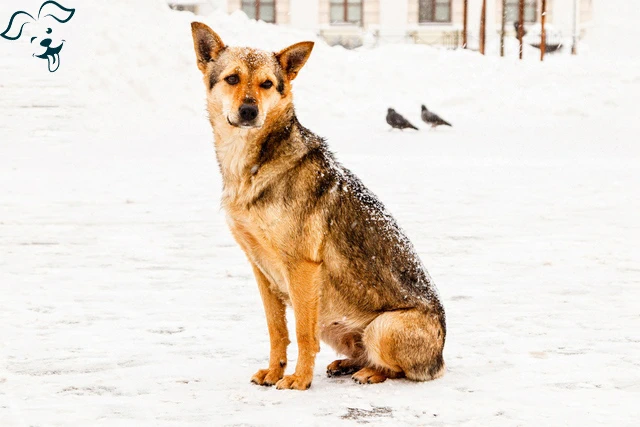

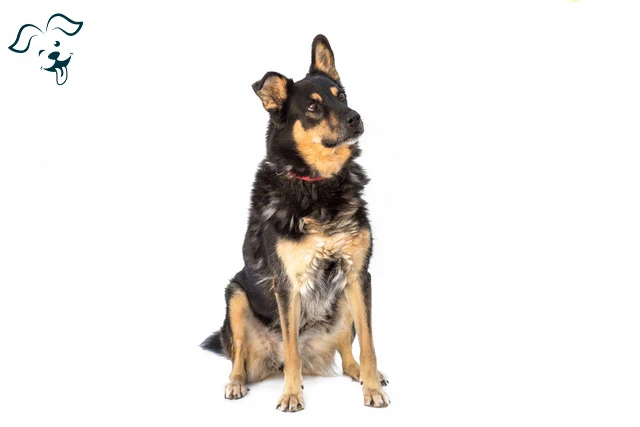
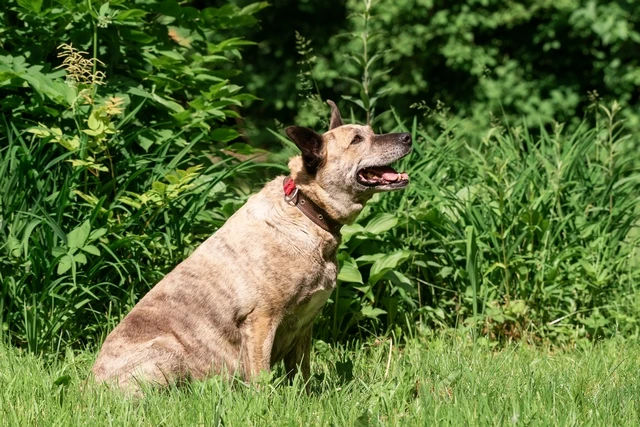

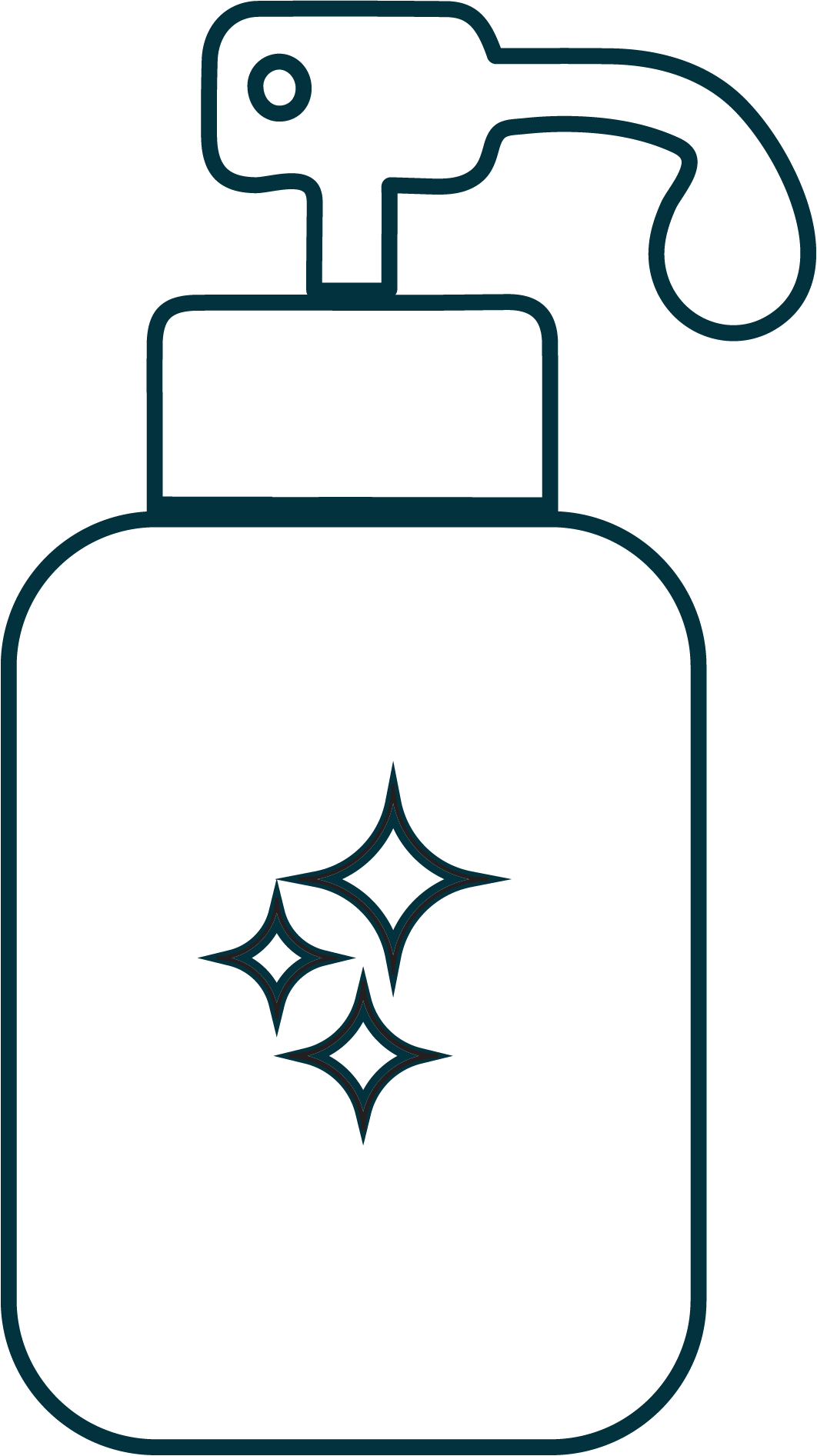

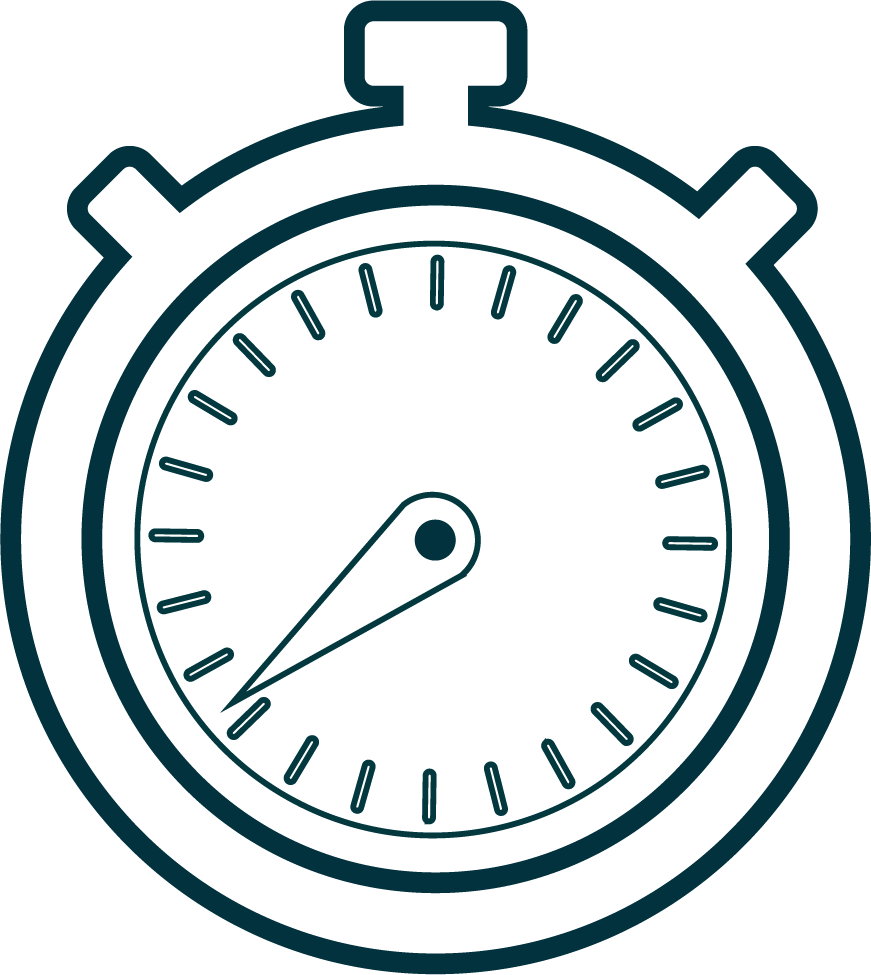



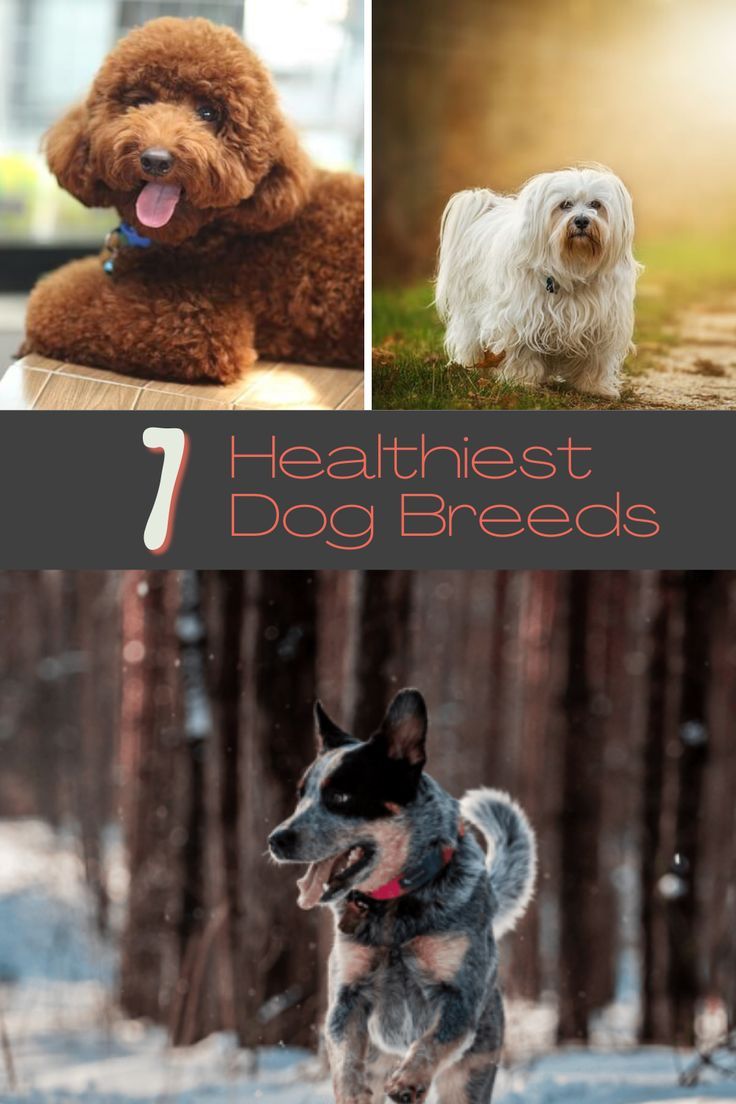

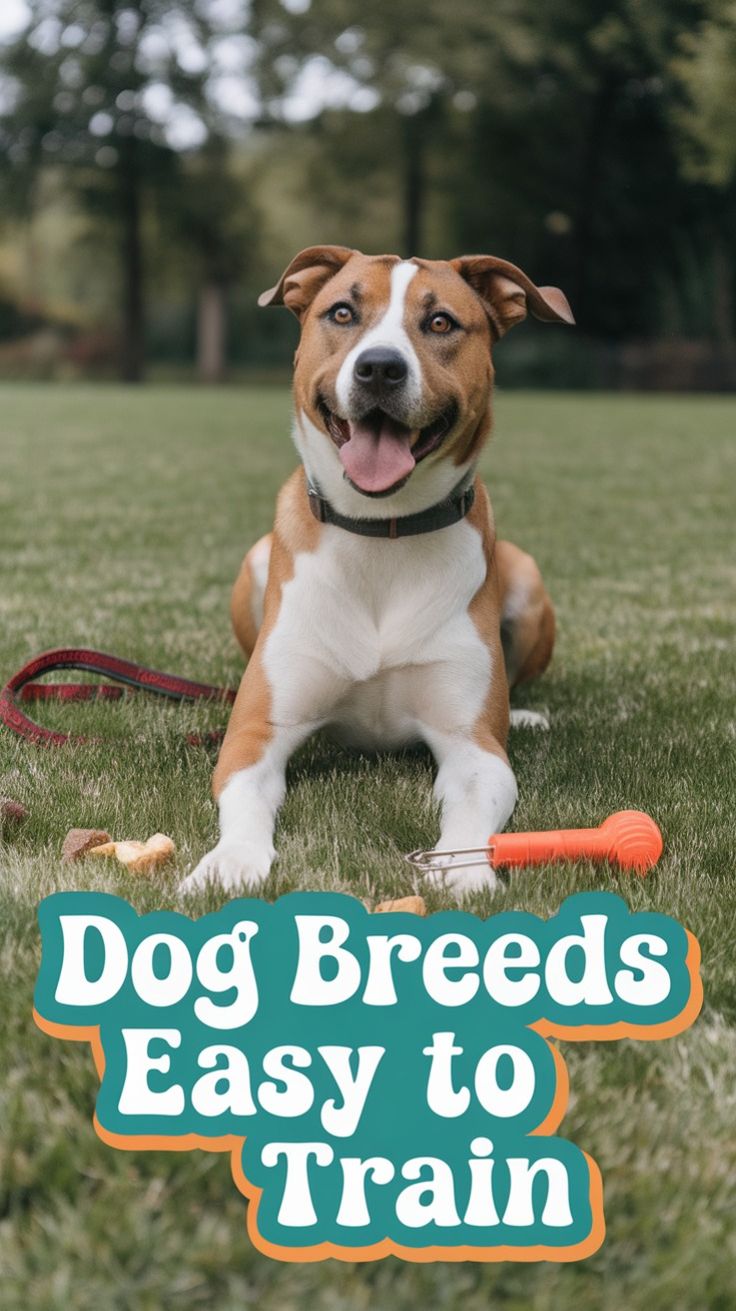


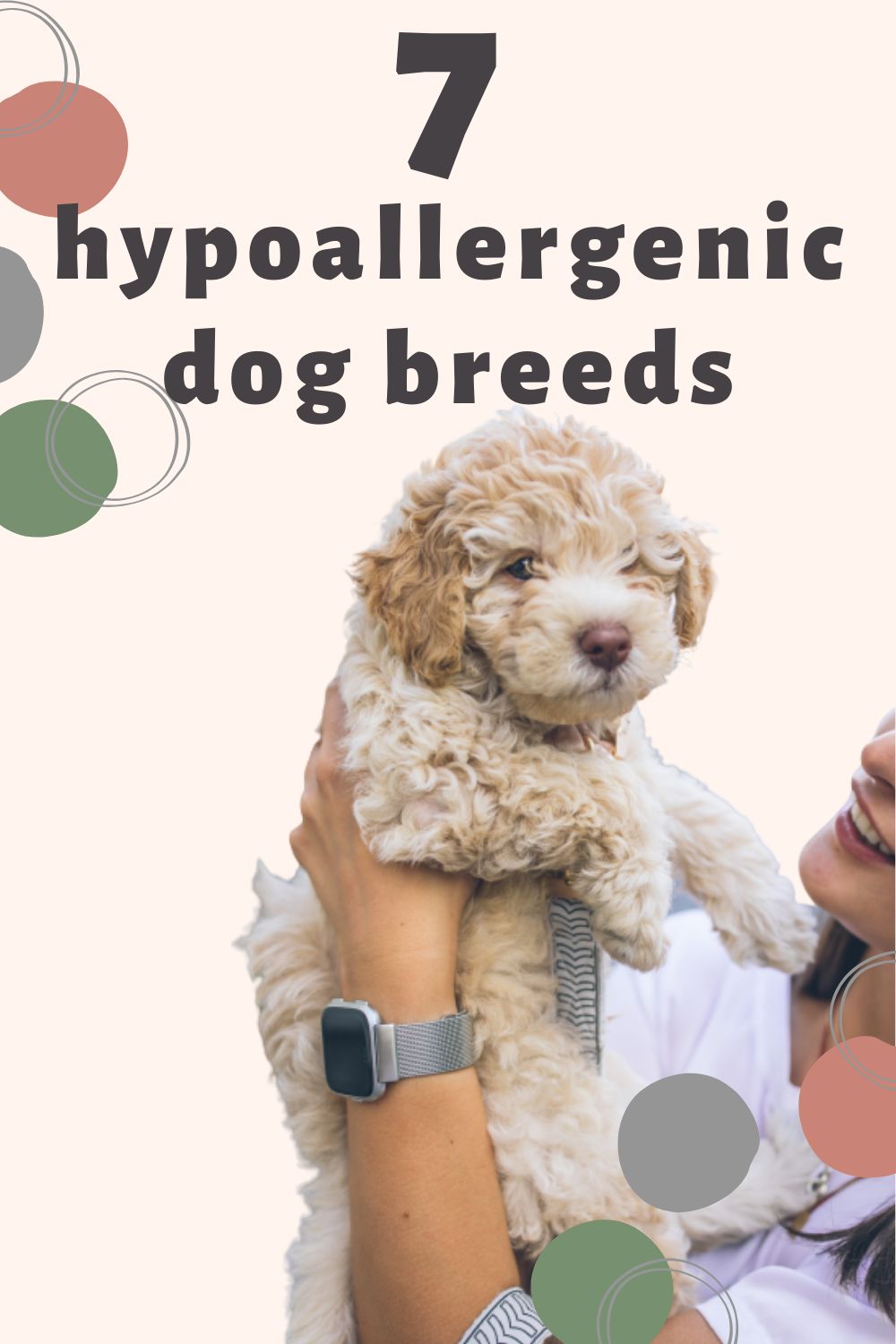
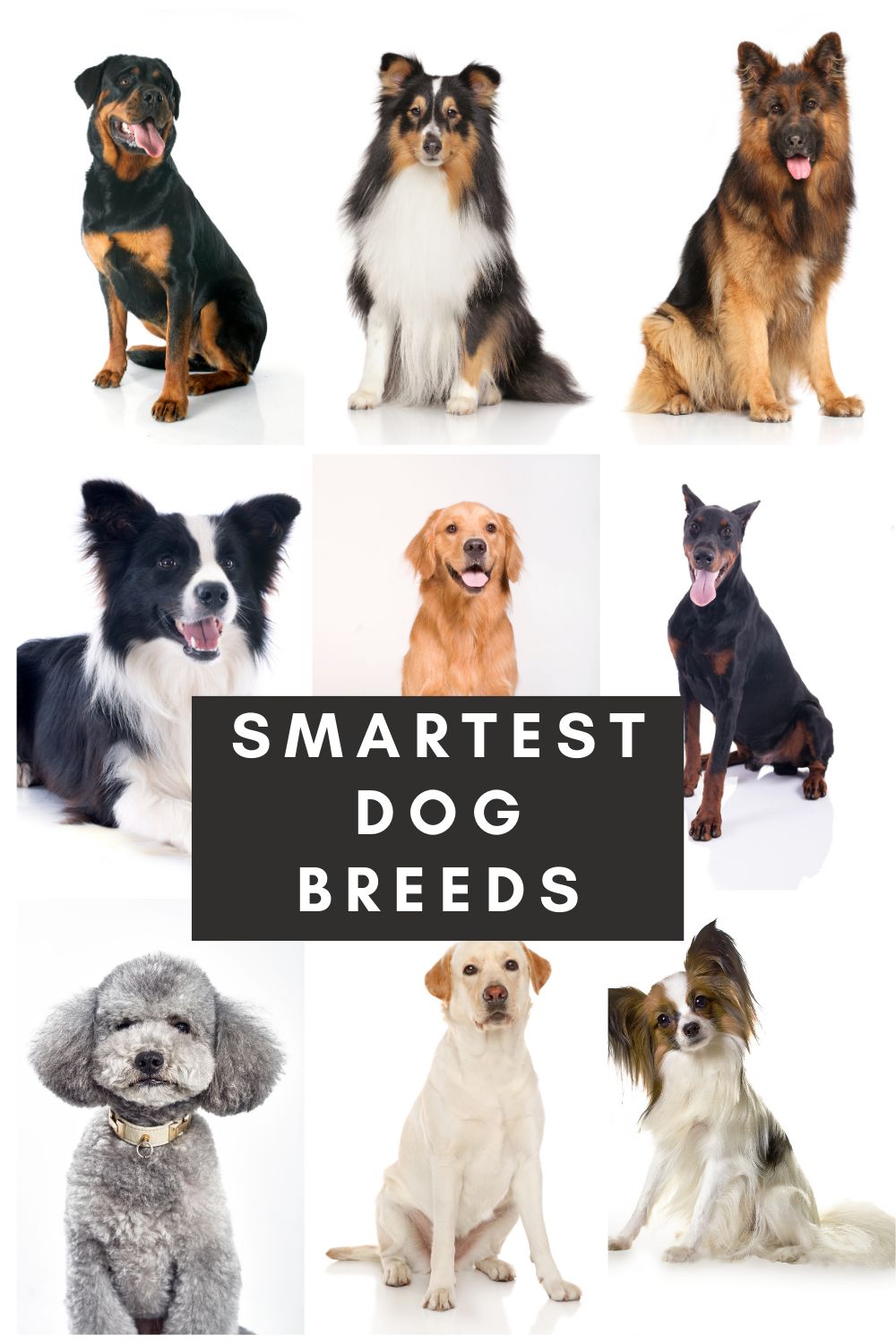
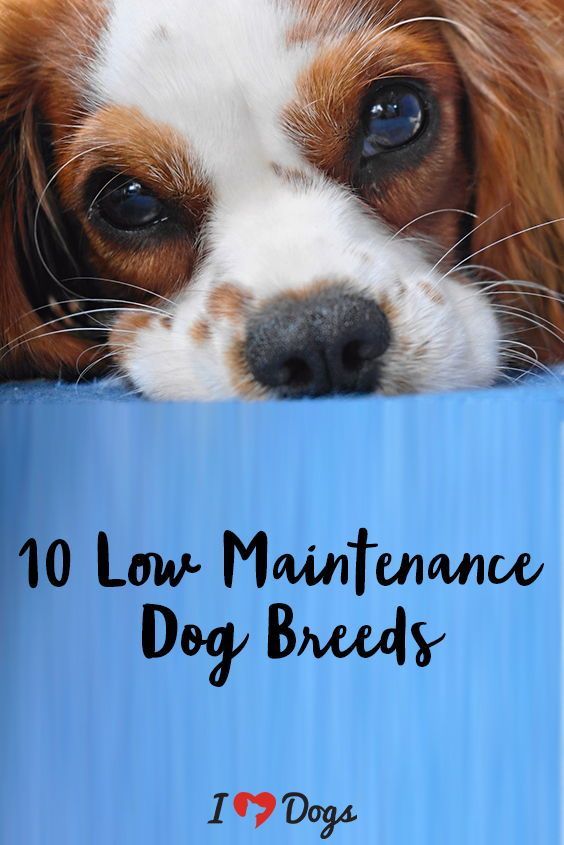
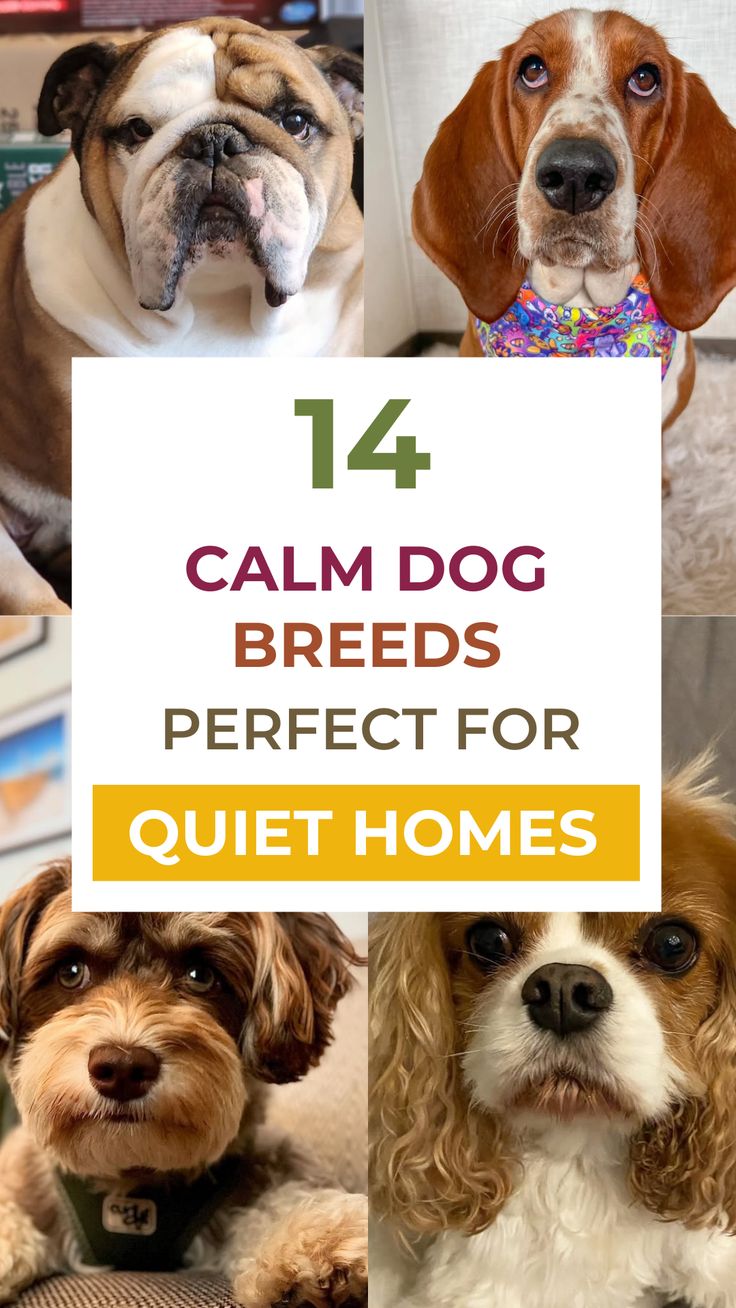

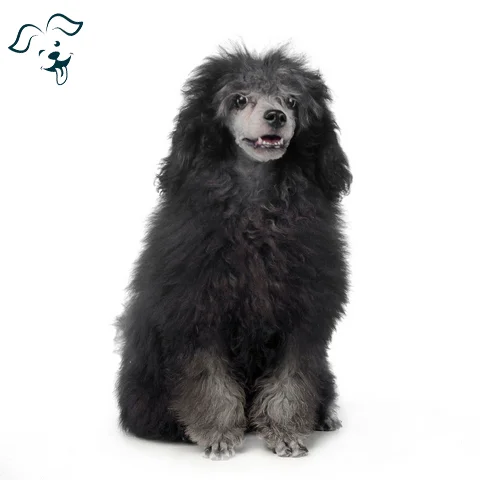
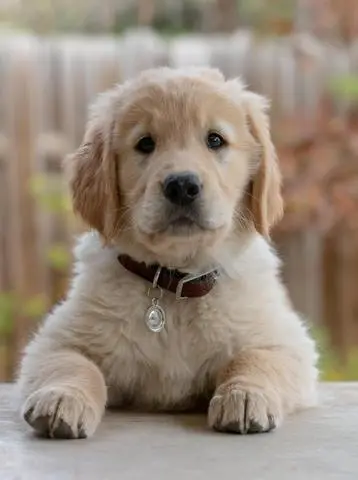
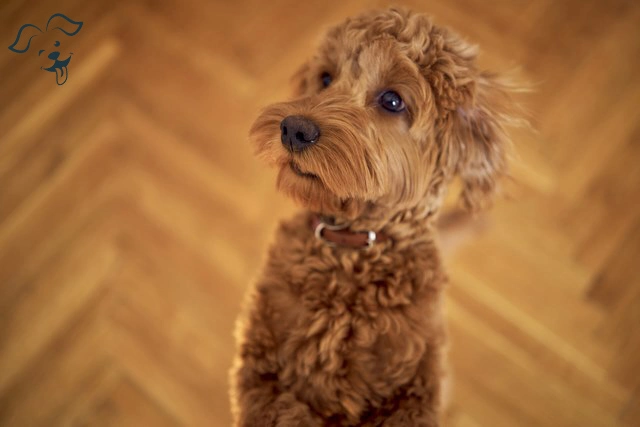
FRIENDLINESS
LIVELINESS
VIGILANCE INTENSITY
ADAPTATION CAPACITY